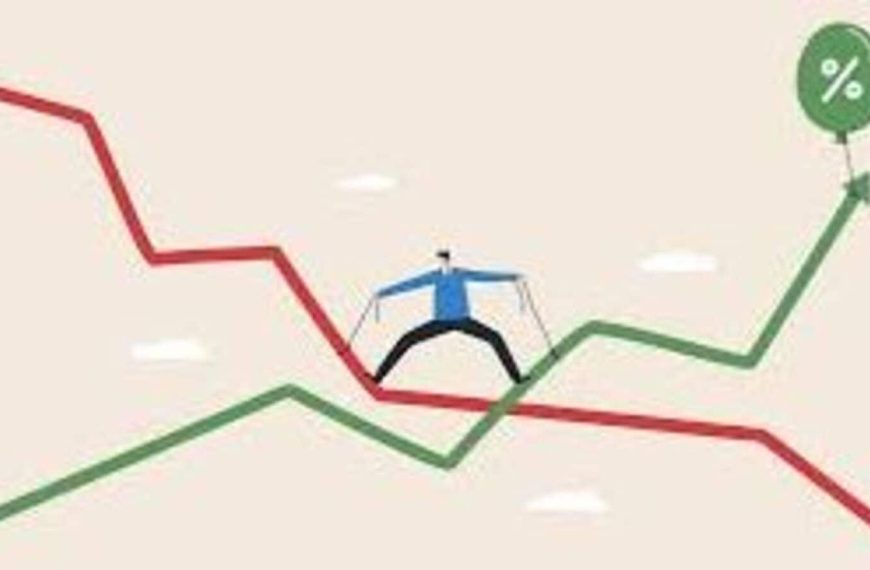The current job market presents a stark contrast for older workers and those entering the workforce. While seasoned employees benefit from a “low hiring, low firing” environment, younger job seekers face a challenging landscape that feels akin to a recession. As hiring remains stagnant, the urgency for increased employment opportunities has never been more critical.
Job Market Disparities: The Age Divide
Recent statistics reveal the growing divide in unemployment rates among different age groups. For individuals aged 20 to 24, the unemployment rate has surged by 2.8 percentage points, reaching 8.3% since hitting a low in April 2023. In comparison, workers aged 25 to 54 experienced a modest increase in unemployment from 3.1% to 3.5%, illustrating a disproportionate impact on younger job seekers.
- Unemployment Rate Changes:
- 20-24 Age Group: Increased to 8.3%
- 25-54 Age Group: Rose to 3.5%
This trend is particularly concerning, as historical data indicates that similar increases in the unemployment rate for younger workers often coincide with economic recessions. Yet, unlike past downturns, the Federal Reserve is not poised to lower interest rates aggressively, as the economy shows signs of solid growth amid persistent inflation.
Young Workers Face Unique Challenges
The Job Openings and Labor Turnover Survey highlights that private sector hiring rates in January were on par with figures from the early 2010s, a time characterized by economic sluggishness following the Great Recession. Since mid-2023, hiring has remained lackluster, creating long-lasting repercussions for today’s youth.
Research underscores that young individuals who encounter unemployment often suffer from diminished earning potential, losing out on vital work experience and skill development. This situation is compounded by rising costs of education, housing, and everyday expenses.
Financial Strain on Gen Z
Financial pressures weigh heavily on those aged 22 to 24, with credit card balances in 2023 being 26% higher (when adjusted for inflation) compared to a decade ago, as reported by TransUnion. In terms of homeownership—a crucial avenue for wealth accumulation—the median age of first-time buyers has climbed to a historic 38 years, significantly higher than the late 20s typical in the 1980s.
These financial challenges contribute to a mindset among younger generations that prioritizes immediate gratification over future savings. With homeownership feeling increasingly unattainable and a stagnant labor market hindering career advancement, many members of Gen Z choose to invest in experiences like concerts and travel, sometimes at the cost of incurring debt.
The Path Forward for Young Workers
As young job seekers navigate this tumultuous economic landscape, the necessity for robust hiring initiatives becomes increasingly apparent. The challenges they face today may reverberate for years, shaping their financial futures and life choices. As the labor market evolves, understanding and addressing these gaps will be essential in supporting the aspirations of the next generation.











